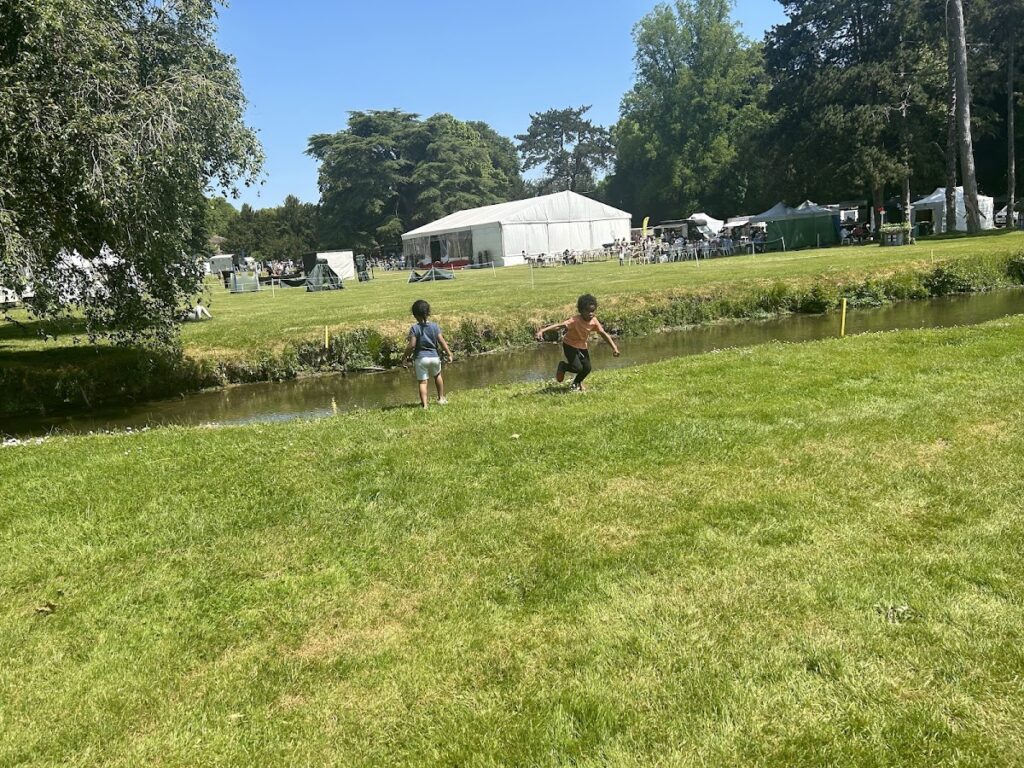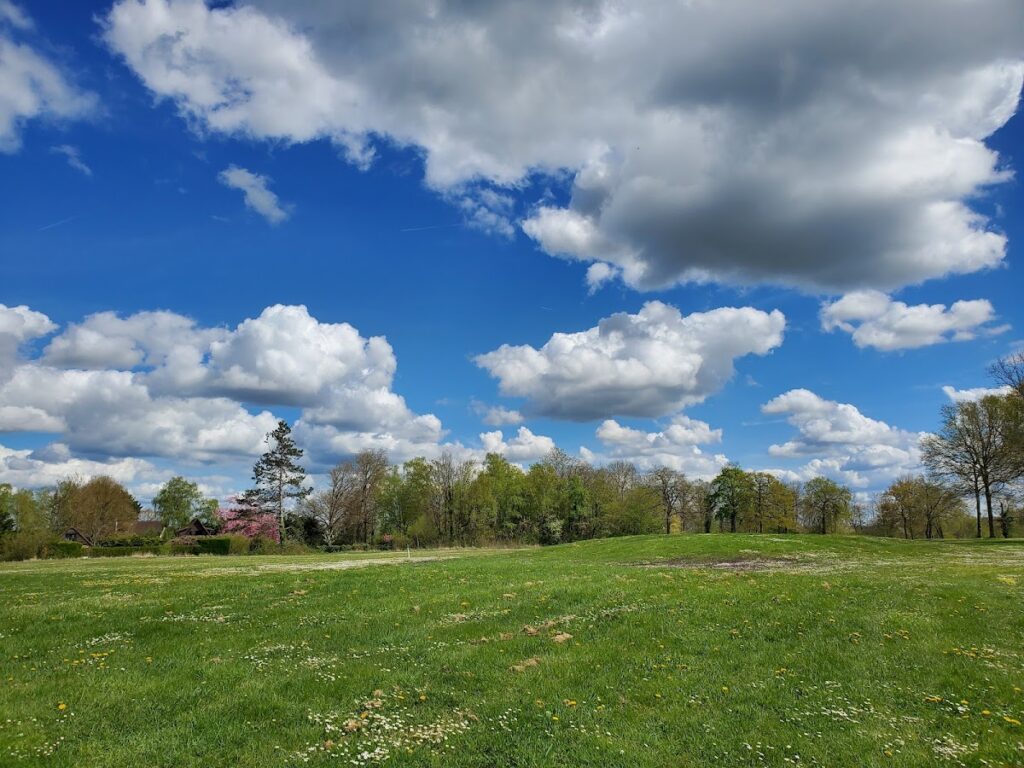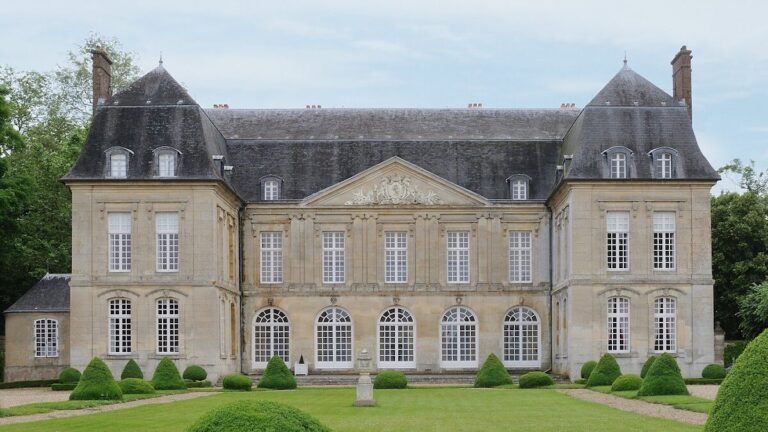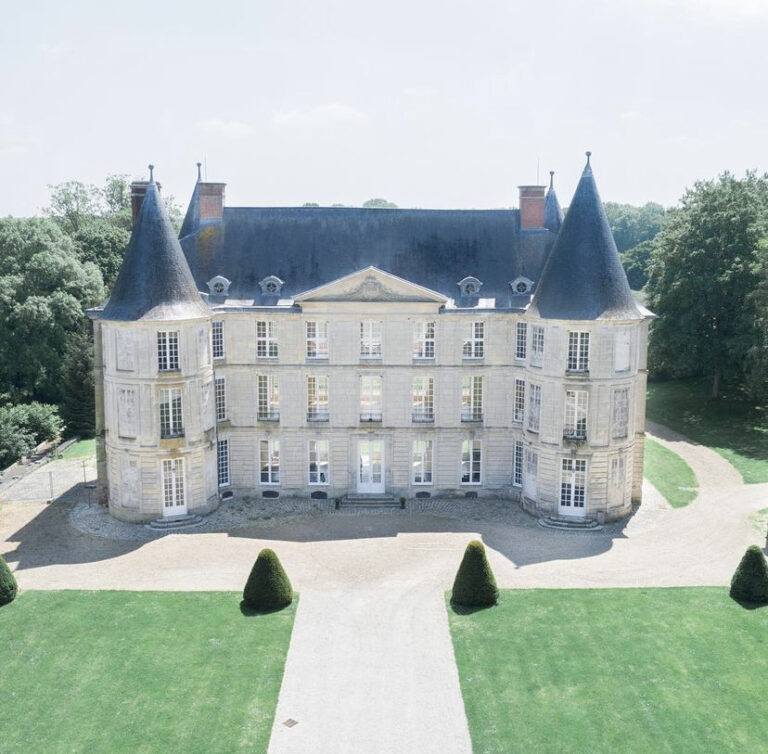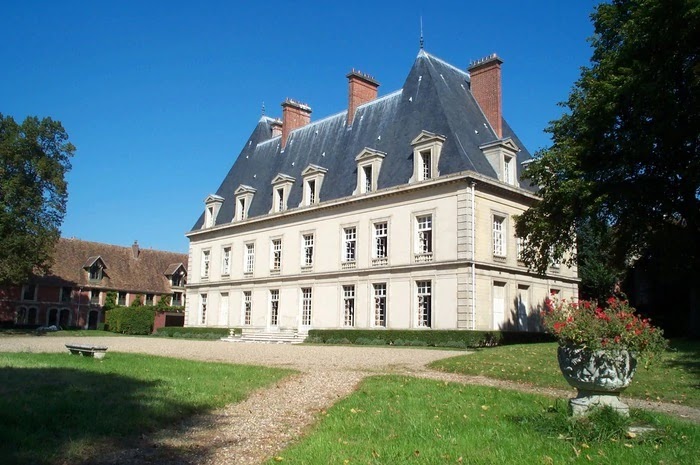Château de Bertichères: A Renaissance Estate in Chaumont-en-Vexin, France
Visitor Information
Google Rating: 4.4
Popularity: Low
Google Maps: View on Google Maps
Official Website: www.golf-de-chaumont.com
Country: France
Civilization: Unclassified
Remains: Military
History
The Château de Bertichères is situated in Chaumont-en-Vexin, France. This estate was established during the Renaissance period, with its main construction dating back to the 16th century. It was originally built by the French nobility, reflecting the architectural and cultural influences of that era.
Throughout its history, the château passed among several prominent noble families. Initially associated with the counts of Chaumont, it later became the possession of the dukes of Longueville and subsequently the princes of Conti. At one point, the château also served as the residence of Monsieur, the brother of King Louis XIV, indicating its significance within the French aristocracy during the 17th century.
In addition to its noble lineage, the site maintains a religious heritage through its Romanesque chapel dedicated to Saint Eutrope. This chapel, dating back to the 12th century, predates the château itself and remains an important feature of the estate, hosting an annual pilgrimage each year on April 30.
By the late 20th century, the Château de Bertichères was officially recognized for its historical value and was designated as a historic monument in 1999. Over time, the property experienced thorough restoration and adaptive transformations, allowing it to retain its historical essence while evolving to meet contemporary functions.
Remains
The Château de Bertichères showcases a main residence constructed in the Renaissance architectural style characteristic of the 16th century. Though precise layouts are not detailed, the building exemplifies the period’s design trends and stands at the heart of the estate.
Surrounding the main château are several farm buildings that have preserved their original look through the centuries. Among these is a barn dating from the 16th century, built using rubble stone, known as moellons. This barn features a roof supported by rafters and trusses, structural elements that demonstrate traditional construction methods of the time. Adjacent to it stands a dovecote from the same century, sharing similar materials and design, which served as a birdhouse for pigeons or doves, a common feature in noble estates for food supply and messaging.
Additional agricultural buildings from later periods contribute to the site’s layered history. A stable constructed in the 17th century reflects continued development during the early modern era. From the 19th century, two further farm-related structures stand out, including one built next to an entrance pavilion that exhibits the Louis XIII style, linking architectural evolution across centuries.
Both the 16th-century barn and dovecote have received individual protection as historic monuments since December 17, 1999, acknowledging their cultural and architectural significance.
Central to the estate is the Romanesque chapel of Saint Eutrope, which dates from the 12th century. Though specific architectural details of the chapel are not provided, its preservation on the grounds underscores its longstanding religious and cultural importance. The chapel continues to attract attention as the focal point of a yearly pilgrimage on April 30, maintaining its spiritual role within the landscape of the former château estate.


